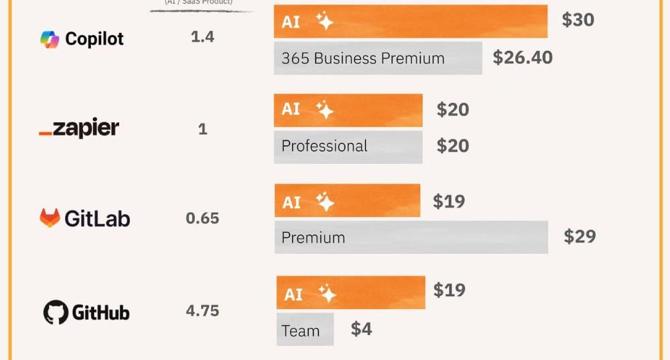Lenny's Newsletter
3M
43

Image Credit: Lenny's Newsletter
How should you monetize your AI features?
- Pricing and AI: individually, two of the most mysterious topics for product builders. Put them together, and things get dizzying. To answer your questions in the most comprehensive way possible, I teamed up with Palle Broe to analyze how leading tech companies are approaching AI pricing and, from that, create a framework to help you make decisions about how to price your own AI products and features.
- Two methods that companies can use to monetize AI features: direct and indirect monetization. Direct monetization involves charging for the AI feature directly, or increasing the price of your product after adding the new AI feature. Conversely, indirect monetization integrates the AI feature into an existing bundle without altering the price, or offers the feature on its own at no additional cost.
- The predominant strategy we saw in the data was to bundle the AI features into existing packages (59% of companies chose this path). This approach allows users with current subscriptions to benefit from AI capabilities.
- The second most common approach is a direct strategy: offering AI features as an add-on with a distinct price tag (23% of companies chose this path). The add-on strategy is the “purest” form of direct monetization and will provide you with the cleanest data in terms of adoption and monetization.
- Indirect monetization strategy can be successful when generative AI features significantly boost usage, conversion, or retention of your core product. This results in indirect revenue gains that outweigh the costs for these features.
- If a competing company is launching a similar AI feature but choosing an indirect monetization strategy, you will have to take that into account alongside all the other variables.
- There’s a reason the majority of the companies used a direct monetization strategy. Direct monetization is likely the right choice if your company has a high variable cost and customers clearly recognize the added value that gen AI features bring them and are thus happy to pay for it.
- The best way to get the real insight is to talk with your users via a beta program to get usage data, as well as asking potential customers about their willingness to pay for the feature.
- Companies need to carefully think about how and when to monetize AI features, considering the underlying costs of generative AI, intense competitive pressure, new business models, and adoption. Understanding the real insight and employing direct monetization can help companies to ensure long-term ROI.
- Companies should also decide if their AI feature is widely used by users (more than 70%) and adds a lot of value to their work, or used by relatively few users in a company but those users love the feature.
Read Full Article
2 Likes
For uninterrupted reading, download the app